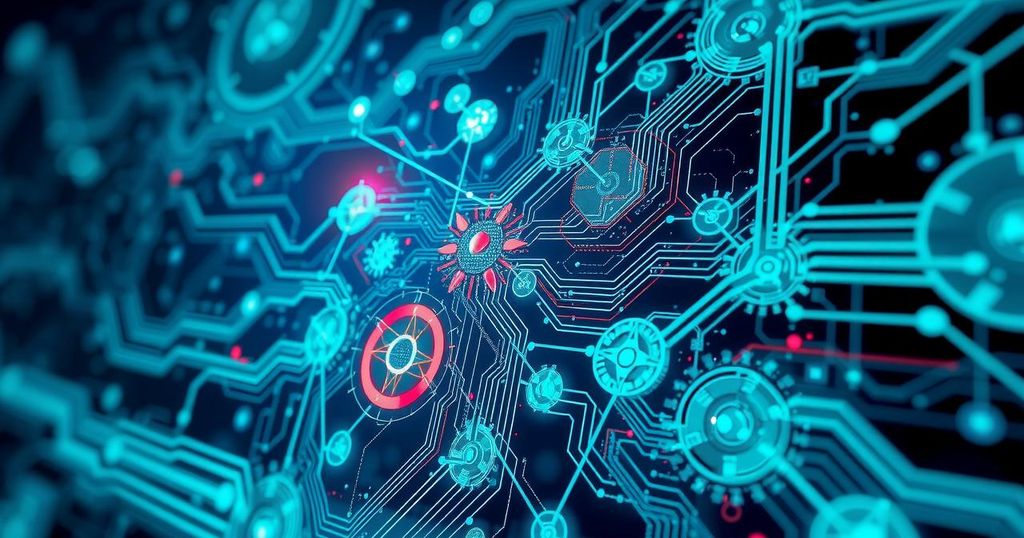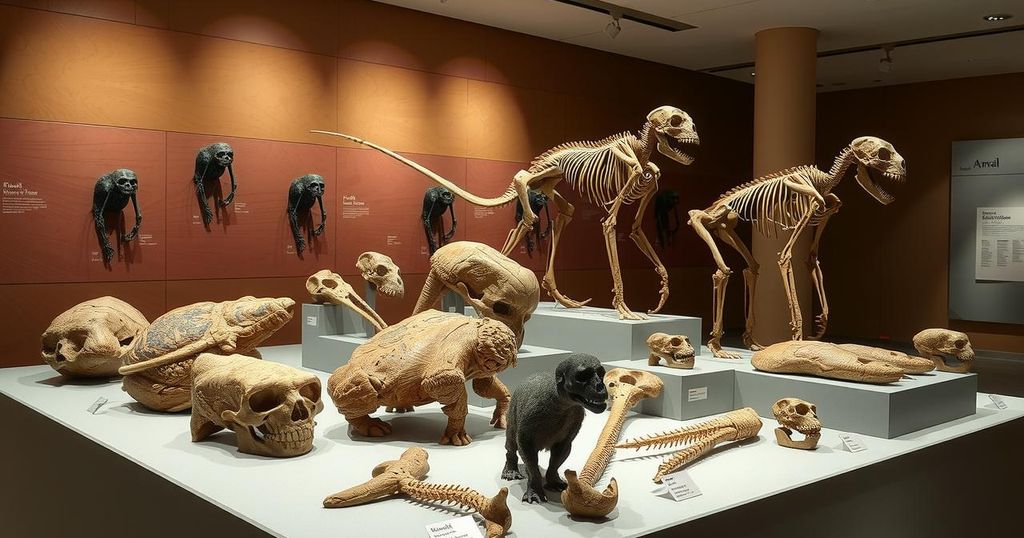Artificial Intelligence: Progress or Peril?
The article discusses the evolution of artificial intelligence and its implications, starting from the first semiconductor transistor in 1947 to the current capabilities of AI. It highlights both the advantages of AI applications and the serious societal, ethical, and environmental consequences we face as technology advances. The author calls for a deeper understanding and awareness of AI’s impact on humanity.
Artificial Intelligence has become a double-edged sword, unearthing both remarkable advancements and serious concerns. The foundations of AI draw from quantum mechanics, a concept that reshaped physics in the early 20th century. Fast-forward to 1947, when Bell Labs constructed the first semiconductor transistor. This tiny switch amplified electrical signals and marked the dawn of the computer age, albeit in a bulky form.
These early transistors were painstakingly fashioned one by one before evolving into complex semiconductor arrays—the stuff of today’s CPUs and memory chips. It’s a captivating journey that involves layers of precision work: lithography, physical vapor deposition, followed by precise etching. It’s wild to think of how, since 1947, approximately 2.9 billion trillion transistors have been produced. Yes, it’s a staggering figure that rivals the Milky Way stars! And, as of today, that number has skyrocketed to ten times more—a pace of exponential growth.
By the time Intel unveiled its first microprocessor with just 2,300 transistors in 1971, the path was clear. Fast forward to 2023, where a Micron chip packs 5 trillion semiconductors into 232 layers. The human brain? Oh, it has around 86 billion neurons. However, computers seem to outstrip our cerebral capacities, leaving us wondering about our perceived control over technology.
AI tasks, under the umbrella of large language models, are venturing where only humans once tread—learning, problem-solving, and even making decisions. Yes, there’s a silver lining: AI is lending a hand in predicting seismic waves and interpreting medical imagery. However, the flip side is pretty daunting.
The tech world, driven by a fear of missing out, has seen corporations pouring resources into cloud computing. Sadly, they often ignore the unintended consequences of this aggressive push. Just recently, China introduced its “DeepSeek” program that runs even on laptops. It’s open-source and free, forcing big corporations to reconsider their expensive AI ventures.
Here’s a paradox: AI draws its learning from the web, often without caring for copyright laws. It can churn out documents faster than a human, but at the cost of job displacement. As for creativity—AI can spit out images that might spread misinformation and propaganda. While it excels at recognizing patterns, it struggles to generalize from them, leaving some gaps in judgment.
Incredibly, people are starting to trust AI-generated legal advice more than that from actual lawyers. Yet, the truth can be murky. AI can unintentionally guide vulnerable individuals towards harmful decisions, revealing a disturbing side of this technology. Compounding this, AI’s struggle to convey the complete truth raises red flags.
Let’s talk about energy consumption—AI is a serious power hog. As companies ramp up their AI ambitions, they’re also contributing significantly to climate change. For instance, in just five years, Google’s emissions climbed 48 percent, and Microsoft’s by 29 percent. A renewed interest in nuclear power is on the horizon, partly to fuel AI’s energy demands.
The capabilities of AI are evolving. Programs now modify their own code, gaining features not originally part of their design—changes happening at lightning speed. It’s enough to send chills down the spine of many experts. As our computing power zooms past human intelligence, we might be staring down a singularity—a shift so profound that it erases past references for the future.
Yet, AI is not humanity in its fullness; it’s mere logic, stripped of compassion or understanding. There’s this growing urgency—a need to rise above the allure of quick wealth and recognize our interconnected reality. Otherwise, we might be hurtling toward our own downfall.
The author, Crispin B. Hollinshead, reflects this concerning trend from his home in Ukiah. You can find more of his work at cbhollinshead.blogspot.com.
The article highlights the fascinating yet troubling intersection of artificial intelligence and quantum mechanics. While AI offers potential benefits across various fields, it also poses significant societal and environmental challenges. Rapid advancements in technology outpace our understanding and control, raising ethical and existential questions. Hollinshead urges a balanced perspective, emphasizing unity and awareness to navigate the pitfalls of our rapidly evolving reality.
Original Source: www.advocate-news.com




Post Comment